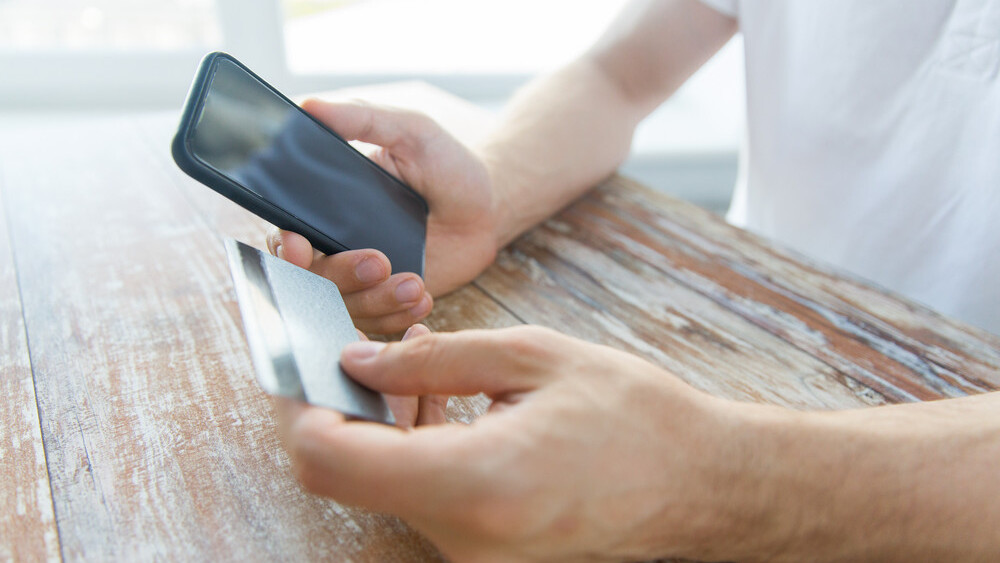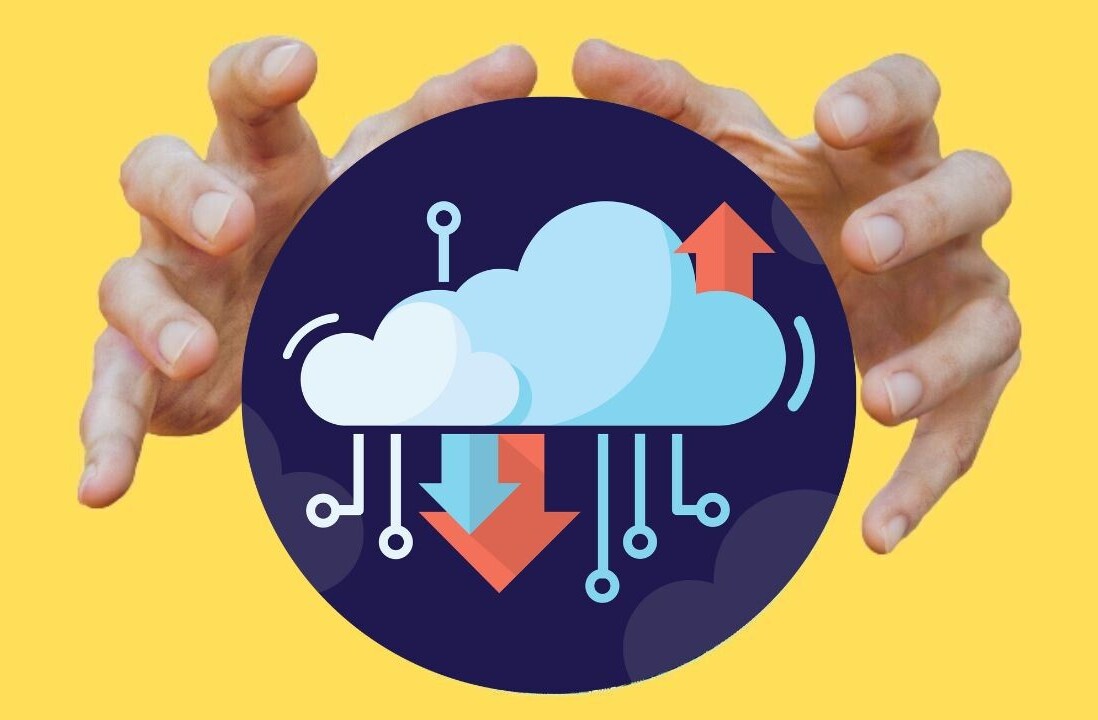
Mobile devices play an increasingly important role in the retail shopping experience.
We already use our smartphones and tablets at practically every step along the way in the shopping process, from researching product details and comparing prices across retailers to checking the in-store availability of certain items and, at least in some stores, even making payments and checking out. During the 2015 Thanksgiving weekend, 56.7 percent of smartphone owners used their devices to conduct some type of shopping activity.
But what does the future hold for retail shopping, and how will mobile devices play a role in shaping it?
The super-personal touch
In Minority Report, the 2002 sci-fi film starring Tom Cruise, there’s a scene in which Cruise’s John Anderton character is barraged with personalized ads as he walks through a futuristic shopping mall. “John Anderton, you can use a Guinness right about now,” one ad calls to him, while another reminds him that he’s been a valued American Express customer since 2037.
Later, when he enters a Gap store after having had ocular surgery, the store’s hologram greeter mistakenly refers to him as Mr. Yakumoto and asks him how those assorted tank tops worked out for him.
Creepiness aside, this type of personalization might not be as futuristic as you might imagine. When you walk into a store that you shop at frequently, an associate is likely to call you by name and, assuming you have downloaded their app onto your phone and opted-in to their personalized marketing, will be able to make personalized recommendations and offer custom discounts or promotions because they are knowledgeable about your shopping history, product preferences and other proclivities.
Who knows, they might just ask how those assorted tank tops worked out for you after all.
Experiences become unbound
The retail experience of the future also won’t be confined to physical settings bounded by walls and ceilings, thanks to the nearly ubiquitous existence of virtual reality (VR) apps. Already in use by automakers to let shoppers test drive vehicles across a variety of terrains, and by clothing retailers to put shoppers front and center at their latest fashion shows, retailers will continue finding innovative ways to utilize VR so they can provide shoppers with simulated experiences that take them far away from the traditional showroom.
A bookstore, for example, can drop readers into the land of one of its most popular science fiction novels, or jewelry stores could take customers deep into a diamond mine so they can trace that engagement ring all the way back to where it was first unearthed.
Cash registers go the way of the floppy disk
In the future, cash registers will become all but obsolete. No more waiting in lines, no more fumbling for cash or credit cards. Shoppers will simply be able to scan an item with their smartphone and be on their way. In stores where cash registers do still exist, cash itself will be considered archaic, as one in five smartphone owners is expected to use mobile payments as early as next year, growing to one in three by 2019.
Of course, many of the functions that currently happen at or near today’s cash registers, such as upsells on impulse items, redeeming of loyalty points, gift card sales, etc., will also happen through mobile devices. As more retailers embrace omni-channel strategies and integrate data-driven processes like inventory control and CRM, we will manage our loyalty programs, facilitate returns and exchanges, redeem discounts and promotions, and conduct other functions all through our mobile devices, regardless of whether we bought something online or in-store.
Shoppers demand instant gratification
Not only will consumers get used to being able to order items from their favorite stores and have them delivered on-demand by services like Instacart, AmazonFresh and UberRUSH, but they will expect speedier delivery times and real-time tracking on delivery orders as well. In an environment increasingly driven by instant gratification, drone delivery will finally take off.
And as 3D printers continue to become more commonplace in American households, certain products will be ordered and then printed on the spot. Gratification doesn’t get much more instantaneous than that.
Re-shaping the entire retail experience
Thanks to the incredibly rapid pace of innovation in mobile technologies, the retail shopping experience is already dramatically different today than it was five years ago or even just last year – and it is evolving faster and faster every day. From showrooming and clienteling to the fitting room and the cashier, mobile has already impacted every facet of retail shopping, and it only figures to have a greater impact going forward.
So much so that the experience just a few years from now very well might resemble the mall scenes in Minority Report more than it does today’s shopping environment.
Read next: Highstreet turns your online store into a full-featured mobile shopping app
Get the TNW newsletter
Get the most important tech news in your inbox each week.





